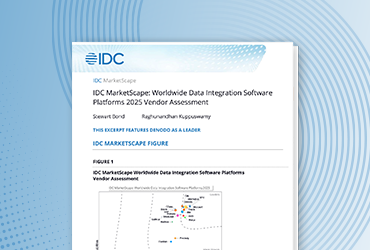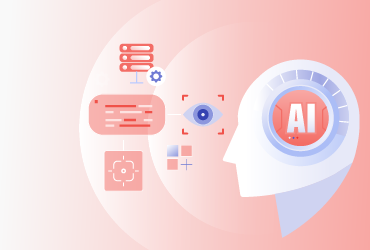What Is Natural Language Processing?
Natural language processing (NLP) is a branch of artificial intelligence (AI) that enables computers to understand, interpret, and generate human language. NLP combines computational linguistics with machine learning and deep learning to process text and speech data for various applications.
Why Is Natural Language Processing Important?
Natural language processing plays a crucial role in enabling human-computer interactions and automating text-based processes. Key benefits include:
- Improved Communication: Enhances interactions between humans and machines through chatbots, voice assistants, and AI-driven applications
- Automated Text Processing: Speeds up data analysis by extracting key information from unstructured text
- Enhanced Customer Experience: Powers intelligent chatbots and virtual assistants for real-time support
- Better Decision-Making: Enables businesses to gain insights from customer feedback, social media, and reviews
- Multilingual Capabilities: Breaks language barriers by offering automatic translation services
How Natural Language Processing Works
Natural language processing involves a variety of computational techniques to analyze and process language data. The process typically includes:
- Tokenization: Breaking text into words or phrases
- Part-of-Speech Tagging: Identifying words as nouns, verbs, adjectives, etc.
- Named Entity Recognition (NER): Extracting names of people, places, and organizations
- Sentiment Analysis: Determining the emotional tone of a text
- Machine Translation: Translating text between different languages
- Text Summarization: Generating concise summaries from long documents
- Speech Recognition and Synthesis: Converting spoken language into text and vice versa
Key Components of Natural Language Processing
- Text Preprocessing: Cleaning and structuring raw text data
- Syntax and Grammar Analysis: Understanding sentence structures and grammar rules
- Semantic Analysis: Extracting meaning and intent from text
- Language Modeling: Predicting word sequences for text generation
- Machine Learning Algorithms: Training AI models to recognize and interpret language patterns
Applications of Natural Language Processing
- Chatbots and Virtual Assistants: Powering AI-driven conversational agents like Siri, Alexa, and Google Assistant
- Search Engines: Enhancing search results with intent-based query understanding
- Customer Feedback Analysis: Extracting insights from product reviews and surveys
- Automated Document Processing: Digitizing and analyzing legal, medical, and business documents
- Fraud Detection and Compliance: Identifying suspicious activities through textual data analysis
Best Practices for Implementing Natural Language Processing
- Use High-Quality Training Data: Provide diverse, accurate datasets for model training.
- Optimize for Context and Sentiment: Consider language nuances and emotional tone.
- Leverage Pre-Trained NLP Models: Use models like BERT, GPT, and Transformer-based architectures.
- Plan for Scalability: Choose NLP solutions that handle large volumes of text efficiently.
- Maintain Data Privacy and Security: Protect sensitive user data in text-processing applications.
Challenges in Natural Language Processing
- Language Ambiguity: Understanding multiple meanings and context-dependent words
- Bias in AI Models: Maintaining fairness and reducing bias in language datasets
- Complexity of Multilingual Processing: Handling different grammar rules and language structures
- Data Privacy Concerns: Safeguarding sensitive information in text-based applications
- Real-Time Processing Limitations: Managing computational requirements for instant language understanding
Future Trends in Natural Language Processing
- Conversational AI Advancements: Improving chatbot intelligence for human-like interactions
- AI-Powered Content Generation: Enhancing text summarization, article writing, and report generation
- Real-Time Speech-to-Text Applications: Enhancing voice-based AI assistants
- Explainable AI in NLP: Increasing transparency in AI-generated text interpretations
- Enhanced Multilingual NLP Models: Improving automatic translation and cross-language communication






